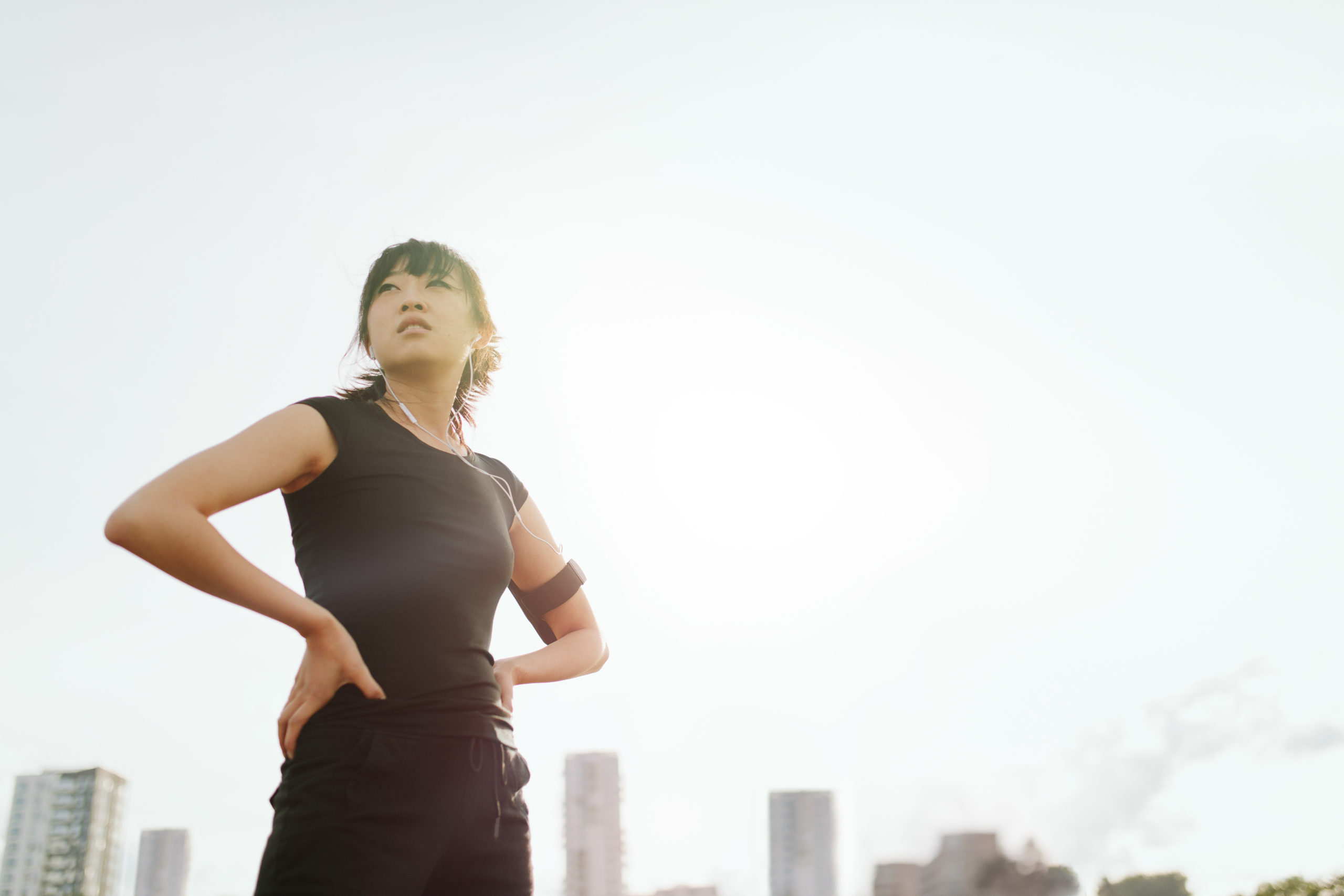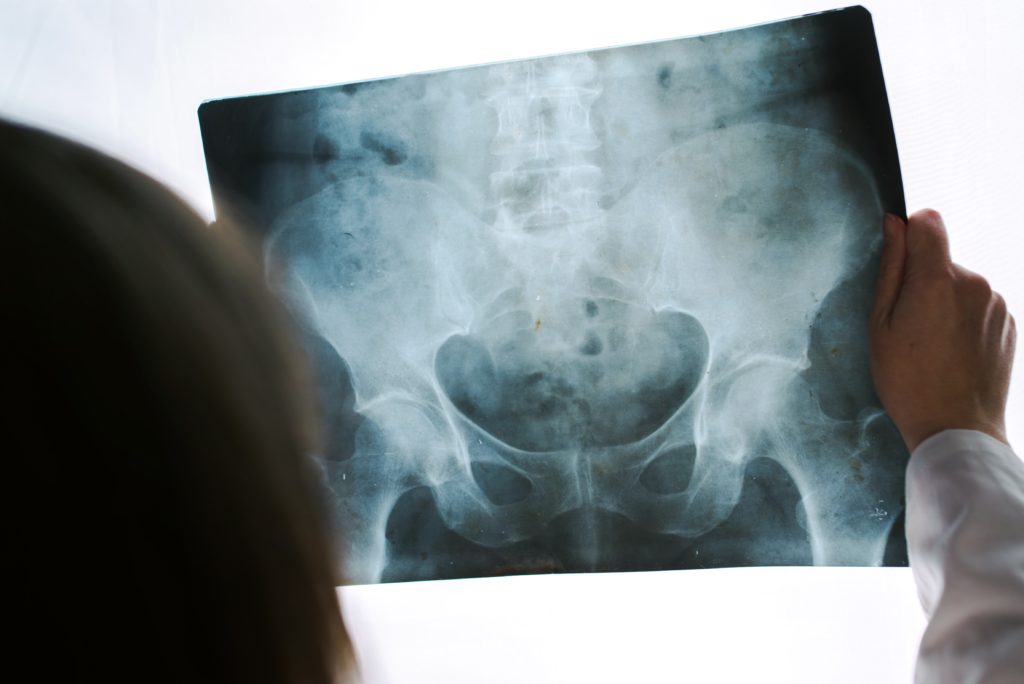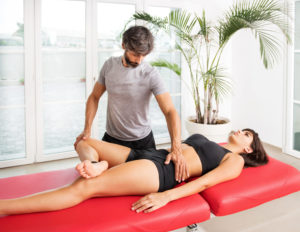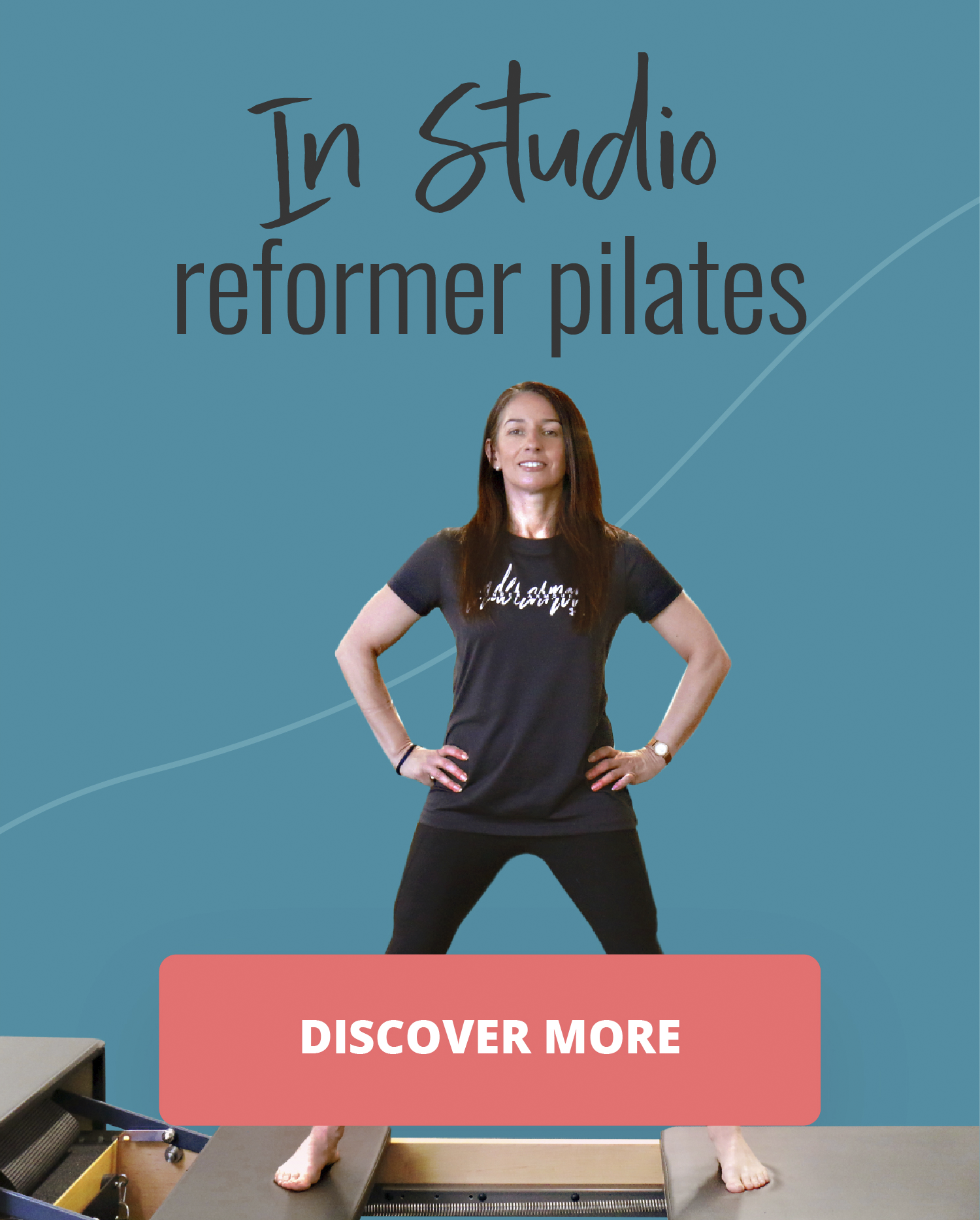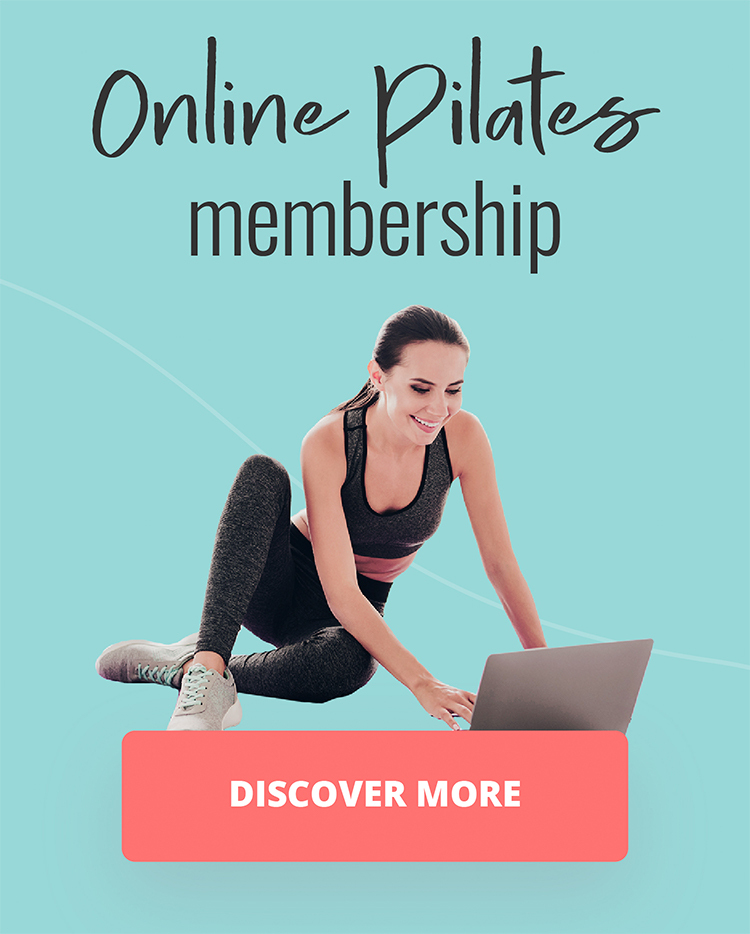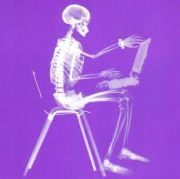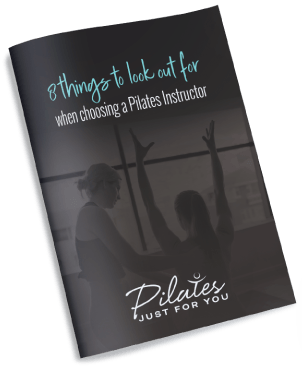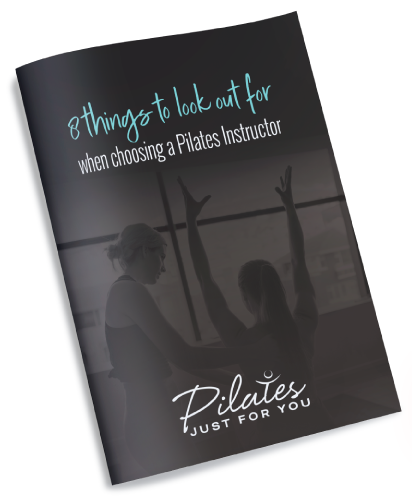The hips are one of the largest joints of our body. It allows us to walk, run, pivot, sit and stand up. They give us flexibility and stabilisation when needed and help us land when we jump. However with all this activity with overuse or as we age we can end up injured and in pain.
Common Hip Pathologies and Pain Associated:
Hip Impingement
Intermittent pain around hip and groin which becomes a dull ache at rest, sharp pain getting in/out of car or sitting down and getting back up.
Osteoarthritis
Stiffness and limited range of motion in the hip, pain in the front, groin or side of the hip particularly when walking or will flare up with intense activity and most daily activities moving. The hips will ache at night and be painful in a squat position. You may struggle to bend over and put your socks on.
Iliotibial band Syndrome
You will feel a sharp or burning pain, commonly felt on the outside of the knee or side of the thigh. It is common in runners, cyclists, soccer, basketball, skiing and hockey players.
Greater Trochanteric Bursitis or GT Pain Syndrome
Inflammation of the hip bursa(a fluid filled sac which cushions the joints and prevents bone on bone) common with overuse of the hip or if injured. This affects walkers, runners and cylists with repetitive use. If the ITB is tight it may rub against the bursa and cause inflammation. Pain will be felt on the outside of the hip and may be sharp to begin with but then turn dull. Going down stairs it will feel painful and sore to lie on your side or to touch.
Hamstring Strain or Tear
This affects runners, football players and basketball players mainly but can affect any of us. Mild strains may not hurt so much but can be very painful if a major strain. You will experience sudden pain or even hear a snapping. You will feel pain in the back of the thigh when walking or bending over, see possible bruising and will be tender to touch.
If you do suffer sore hips try to avoid crossing your legs and evenly distribute your weight on your legs when standing. Get a spikey ball or roller into your glutes or ITB and prevent inflammation of the tendons and joints! If the pain persists after this then seek out an allied health professional.
If your hips are simply feeling tight, do them a favour and release, mobilise and strengthen them! Try my 40 minute workout with emphasis on the hips and subscribe to my channel for more self care:

